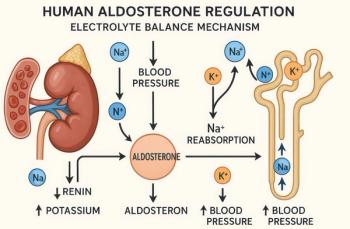
News|Slideshows|August 30, 2019
Smoking Cessation and CVD Risk: 5 Years and All Clear?
Author(s)Grace Halsey
Heavy smokers who quit remain at significantly increased CVD risk for up to 10 years or more, according to new research. Results suggest that current risk estimators may need revision.
Advertisement
Compared with never smokers, heavy smokers remain at increased CVD risk for up to a decade or more, according to a new study. We offer a top-line look at the retrospective analysis of Framingham Heart Study participants in the slides below, followed by the authors' recommendations for improving CVD risk surveillance among past tobacco users.
Newsletter
Enhance your clinical practice with the Patient Care newsletter, offering the latest evidence-based guidelines, diagnostic insights, and treatment strategies for primary care physicians.
Advertisement
Latest CME
Advertisement
Advertisement
































































































































































































































































































































